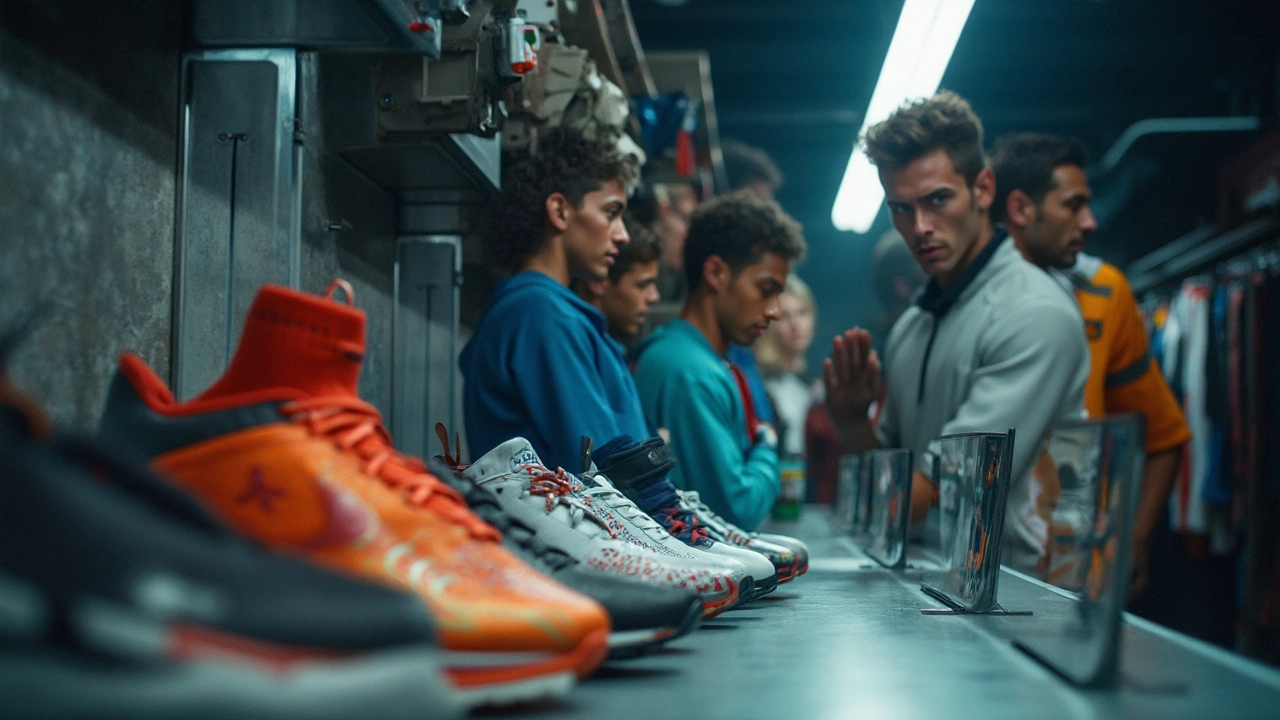
Sports Safety: Essential Tips to Keep You Injured‑Free
Whether you’re hitting the pool, the gym, or the running trail, staying safe is the first step to getting better. Below you’ll find straightforward advice that works for beginners and seasoned athletes alike. No fancy jargon, just real‑world tips you can start using today.
Know Your Body – Warm‑up, Cool‑down, and Recovery
Skipping a warm‑up is like starting a car without fuel – you won’t get far before something breaks. Spend five to ten minutes doing dynamic moves that mimic the activity you’re about to do. For a run, try leg swings and high knees; for a gym session, do light sets of the lifts you’ll perform.
Cool‑down matters just as much. Gentle stretching and a short walk help flush out waste products and reduce soreness. If you’ve just finished a marathon or a long swim, give your body extra recovery time – the first 48 hours are crucial for muscle repair.
Gear Up Right – Equipment Maintenance and Proper Fit
Bad equipment is a hidden injury risk. Check your shoes for wear; running shoes that are more than 300‑500 miles old lose cushioning and can cause joint pain. When you buy a new pair, make sure there’s a thumb’s width of space between your longest toe and the front of the shoe.
Cleaning gear isn’t just about looking good. Dirt on a tennis racket or sweat on a bike chain can slip and cause accidents. Wipe down equipment after each use, store it in a dry place, and inspect for cracks or loose parts weekly.
Swim safety is another big piece of the puzzle. If you’re teaching kids or learning yourself, start at the right age – most experts say formal lessons work best from 4‑5 years old, when children can follow directions and keep their heads above water.
Never swim alone. Even strong swimmers need a lifeguard or a buddy, especially in open water where currents can surprise you. Check pool depth signs and stay away from the “no‑diving” zones if you’re not comfortable with jumps.
For contact sports like rugby or boxing, use the right protective gear. A mouthguard, headgear, and proper padding can cut the risk of concussions and broken bones dramatically. Make sure everything fits snugly – a loose helmet is as good as none.
Sports safety also means listening to your body. Sharp pain is a warning sign, not a badge of honor. If you feel a twinge in your knee during a squat, stop, assess, and maybe swap to a lighter weight or a different exercise.
Hydration and nutrition play a silent but vital role. Dehydrated muscles are more prone to cramps, and low blood sugar can lead to dizziness on the field. Carry water and a quick snack like a banana if you’re training for more than an hour.
Finally, plan your training schedule wisely. Over‑training leads to fatigue, which is a major cause of injuries. Aim for at least one rest day a week and vary the intensity of your workouts. A balanced routine keeps you strong without burning you out.
By paying attention to warm‑ups, gear, technique, and recovery, you can enjoy any sport with far less risk. Keep these simple habits in mind, and you’ll stay on the field, in the pool, or on the trail for the long run.
